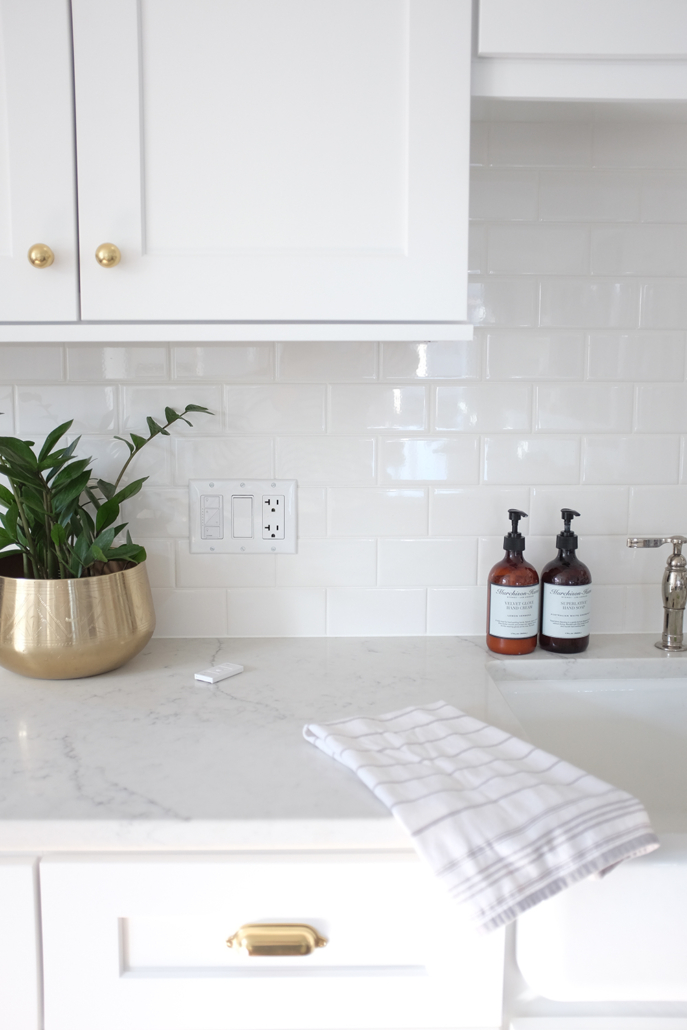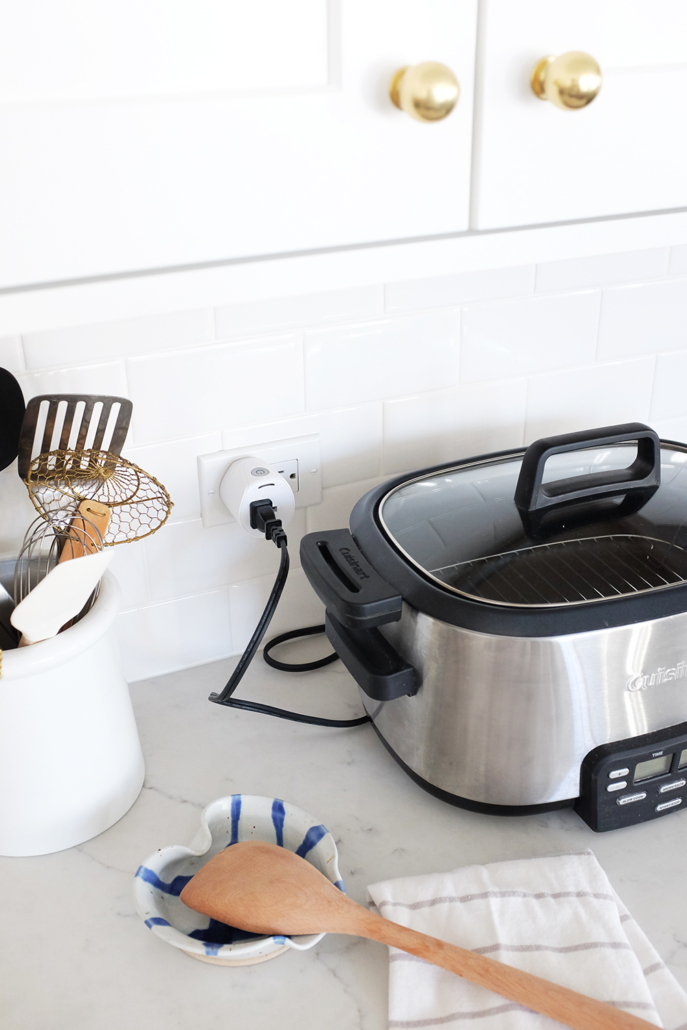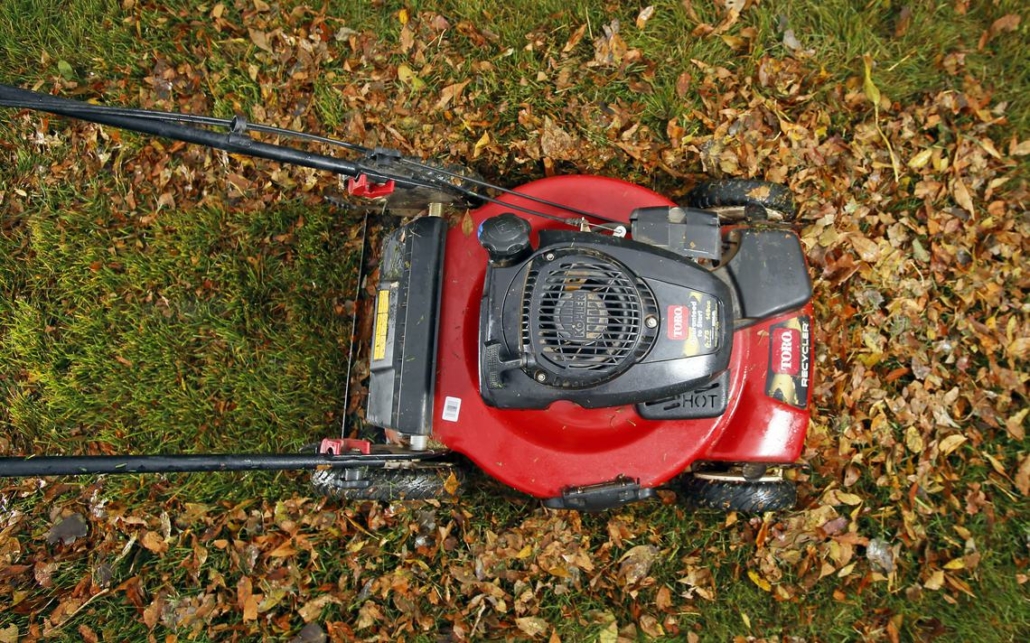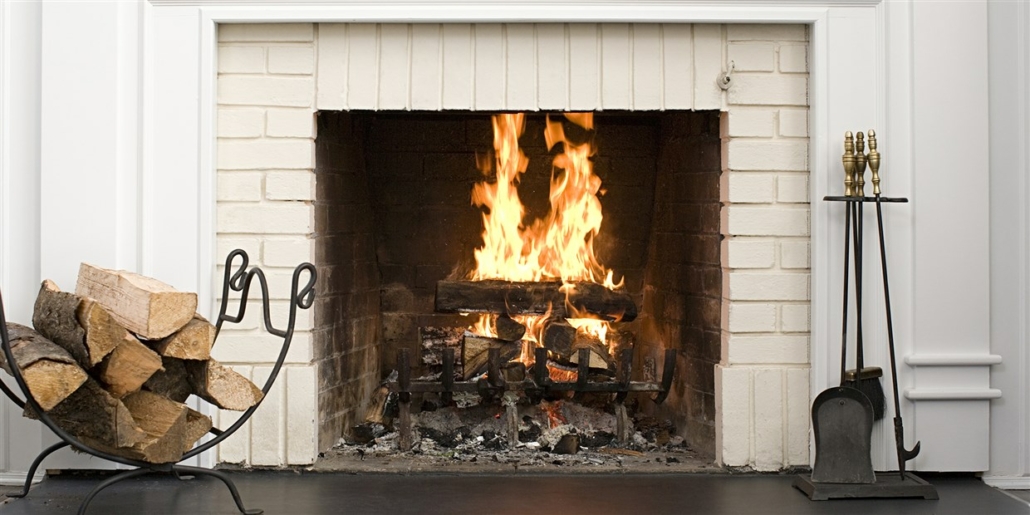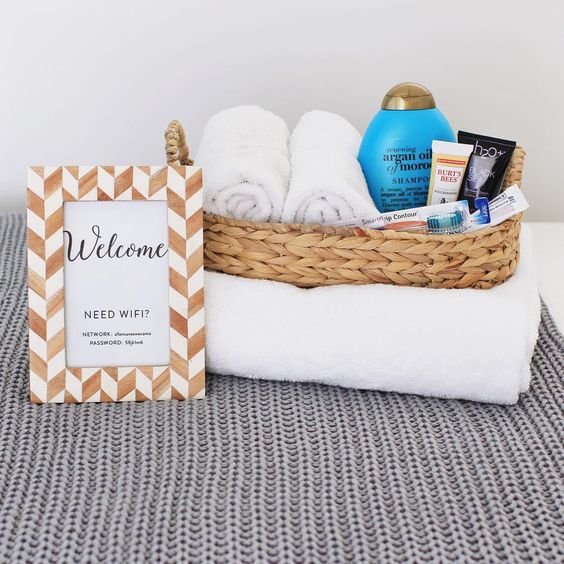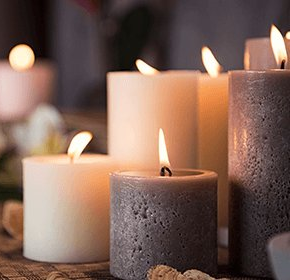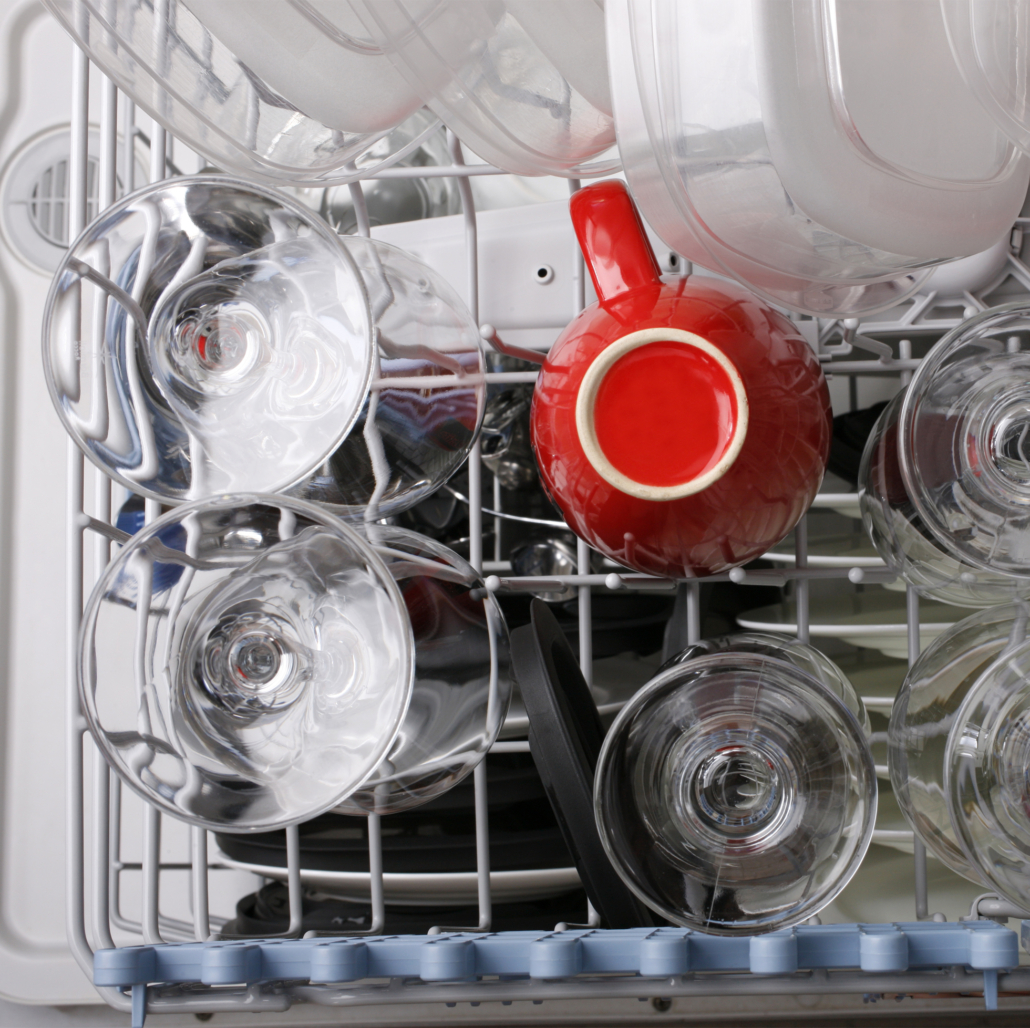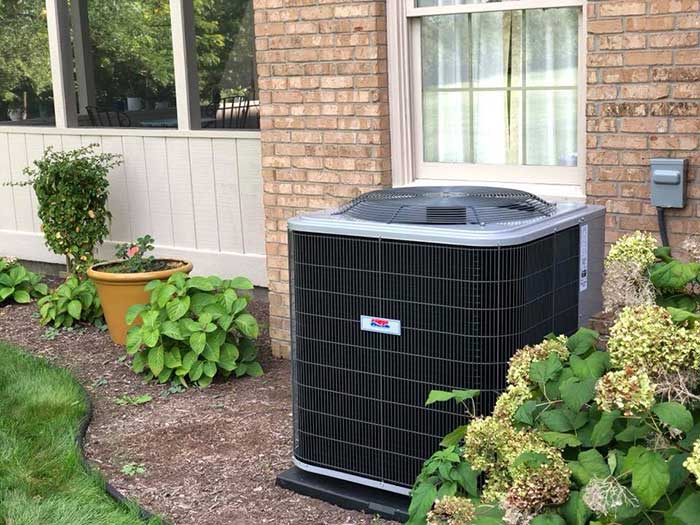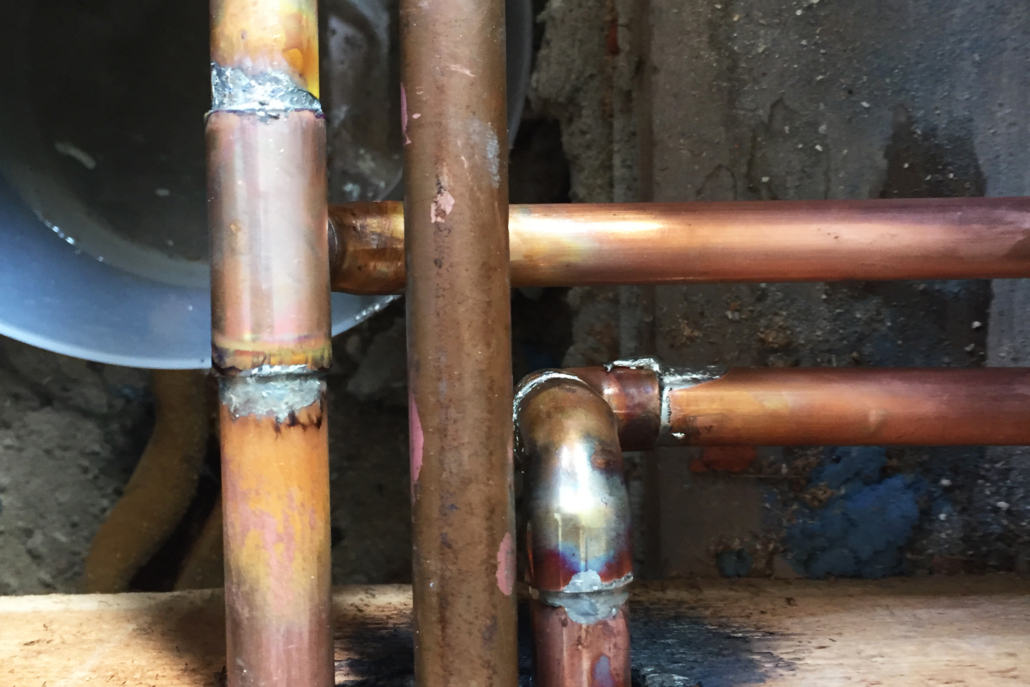Being self-employed comes with many benefits. Buying a home isn’t one of them. When you work for yourself, the home buying process will be a little different than people who have jobs that provide them with W2’s at the end of the year. What’s the difference? You will need to provide a lot more documentation.
Because your income is structured differently you typically need to show at least two years of tax returns, which includes your 1040 tax returns, and all schedules. Why? Your bank is looking for consistencies in your income that show you are making enough money to get approved for the loan amount you want.
Here’s where it gets tricky. Individuals that are self-employed (yours truly included), tend to want to write off EVERYTHING we can! When you do this, you reduce your overall net income. This makes getting a mortgage harder because it reduces your debt-to-income ratio. If you plan on buying a home in the near future hold back on many deductions as possible. This may hurt you come tax time but it will help you in the long run to get the mortgage you want (and it’s only temporary, after you get the house you can go back to taking those deductions).
Make sure you register and license your business. This will show the bank you have a legitimate business.
Consider paying yourself as an employee so you can give yourself a W2 at the end of the year.
And of course, if possible lower your debt. Banks will see you as less of a risk if you don’t carry a lot of debt.
It’s not impossible to buy a home if you are self-employed. You just need to come up with a game plan so you’re not shocked when it comes time to chat with a lender!


